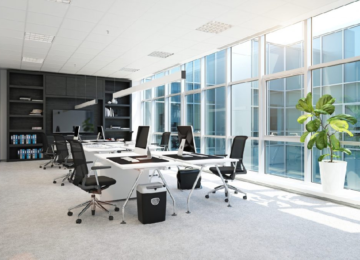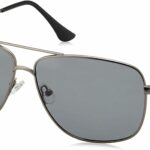Renovations and modifications like drilling in walls and adding new electrical systems are a few activities that may void fire-rated assemblies. These modifications can negatively impact the property’s safety and code compliance. Residential and commercial property owners must exercise caution when planning any improvements and alterations.
New installation is an example of a modification that can affect the fire rating of building components. Breaching fire-rated ceilings to install fire alarms and replacing them with a suspended ceiling that is non-fire-rated can void the component’s fire rating. This enables the spread of smoke through the roof space during a fire and creates inadequate compartmentalization.
Structural changes like alterations to fire-rated walls can also negatively impact the functionality of affected fire-rated assemblies. Openings in fire-rated walls without proper repair and sealing can affect the building’s fire prevention system.
Other modifications that can void a building component’s fire rating are insulation and cladding changes. Some materials for insulation and cladding are more fire-resistant than others. Making any changes to these layers can impact the functionality of the fire prevention system.
Property owners need to consult the expertise of a building inspection engineer NJ when making any building alterations. A professional engineer can look through building plans and pinpoint the locations of fire-rated components to avoid compromising fire safety standards.
A commercial building engineer NJ can also be consulted to prioritize fire prevention on modifications that involve penetrations. Communication and cable installation can leave unseen holes in fire-rated assemblies like fire-rated walls and ceilings. Engineers can devise alternative solutions to maintain a property’s structural integrity and fire protection.
Skilled engineers have adequate knowledge and expertise to plan renovations or modifications that do not negatively affect the fire ratings of building assemblies. Their involvement also helps maintain the safety and integrity of the property, which protects the property and its occupants in case of fire.
Learn more about how building modifications can void a component’s fire rating with this infographic by Lockatong Engineering.











